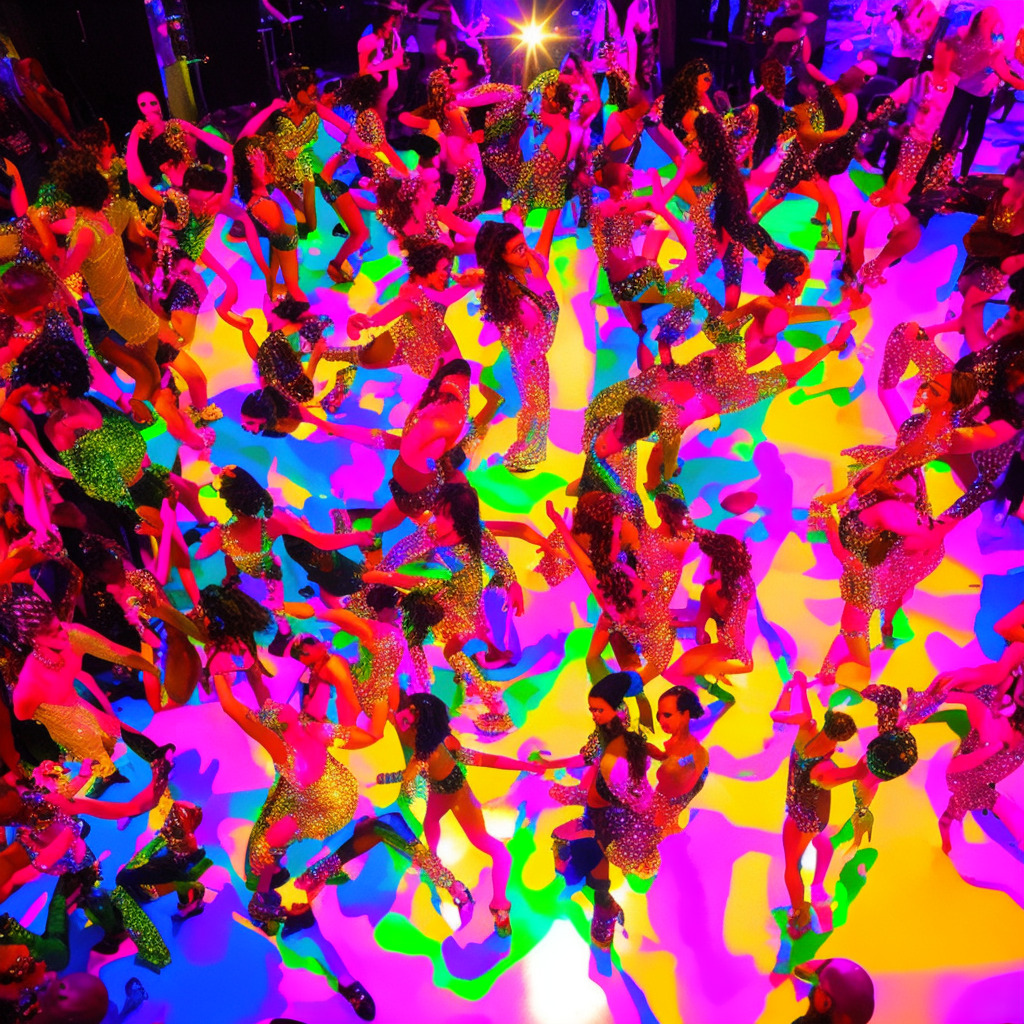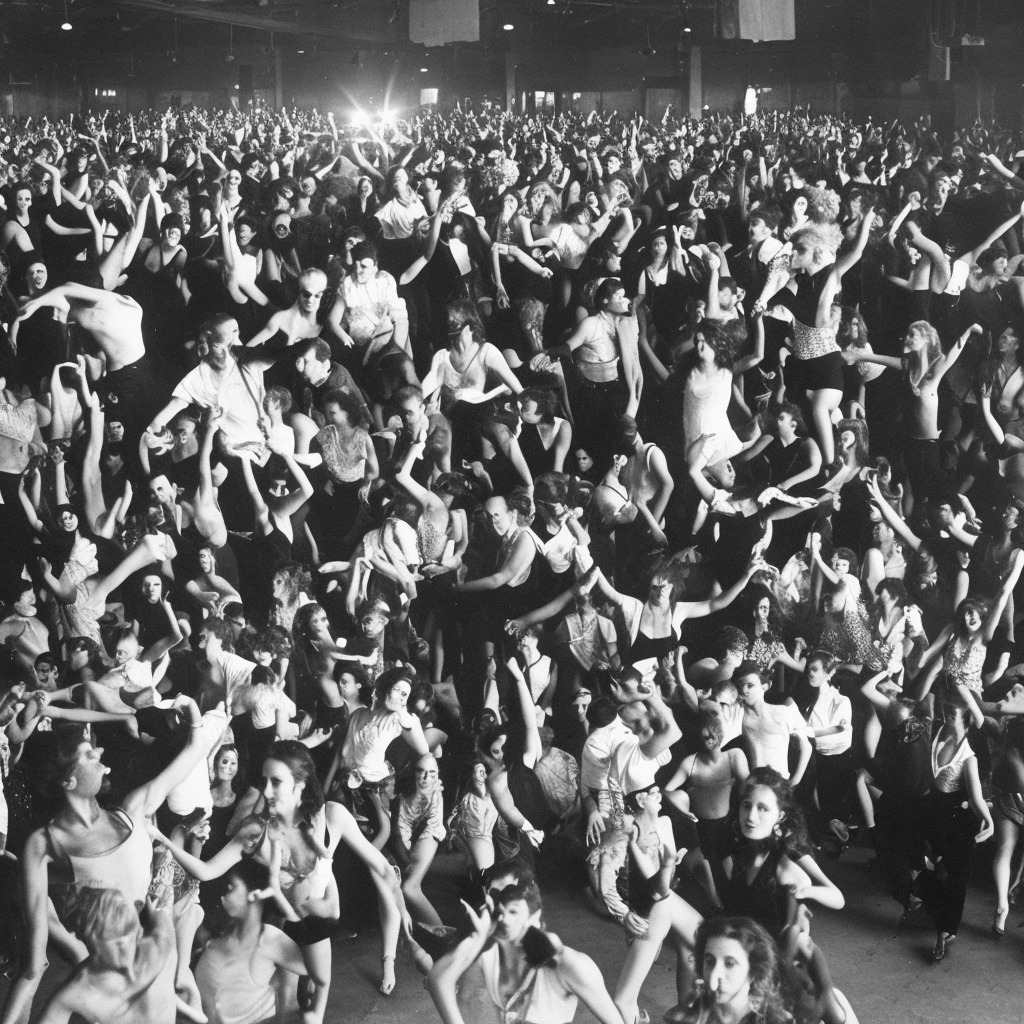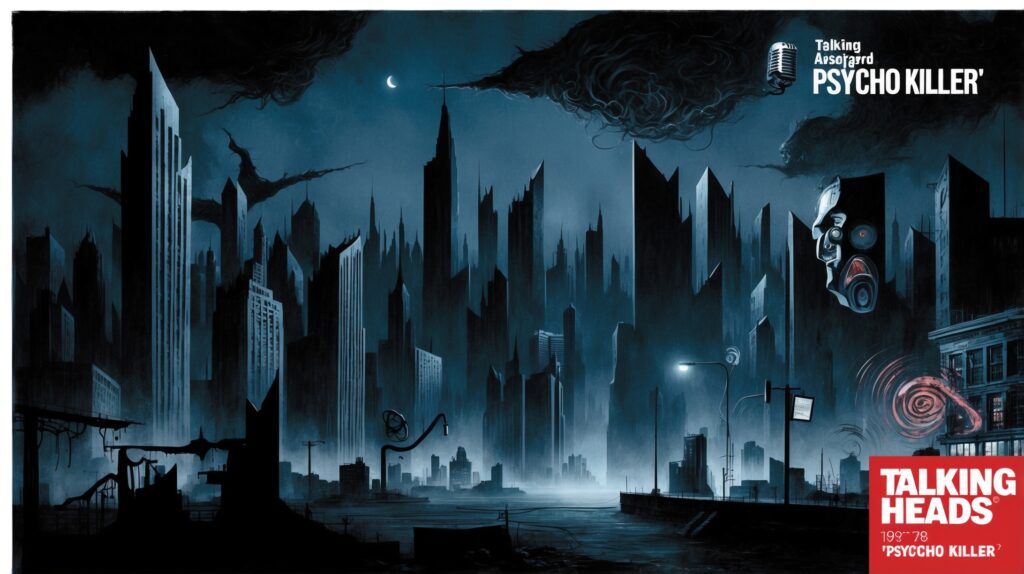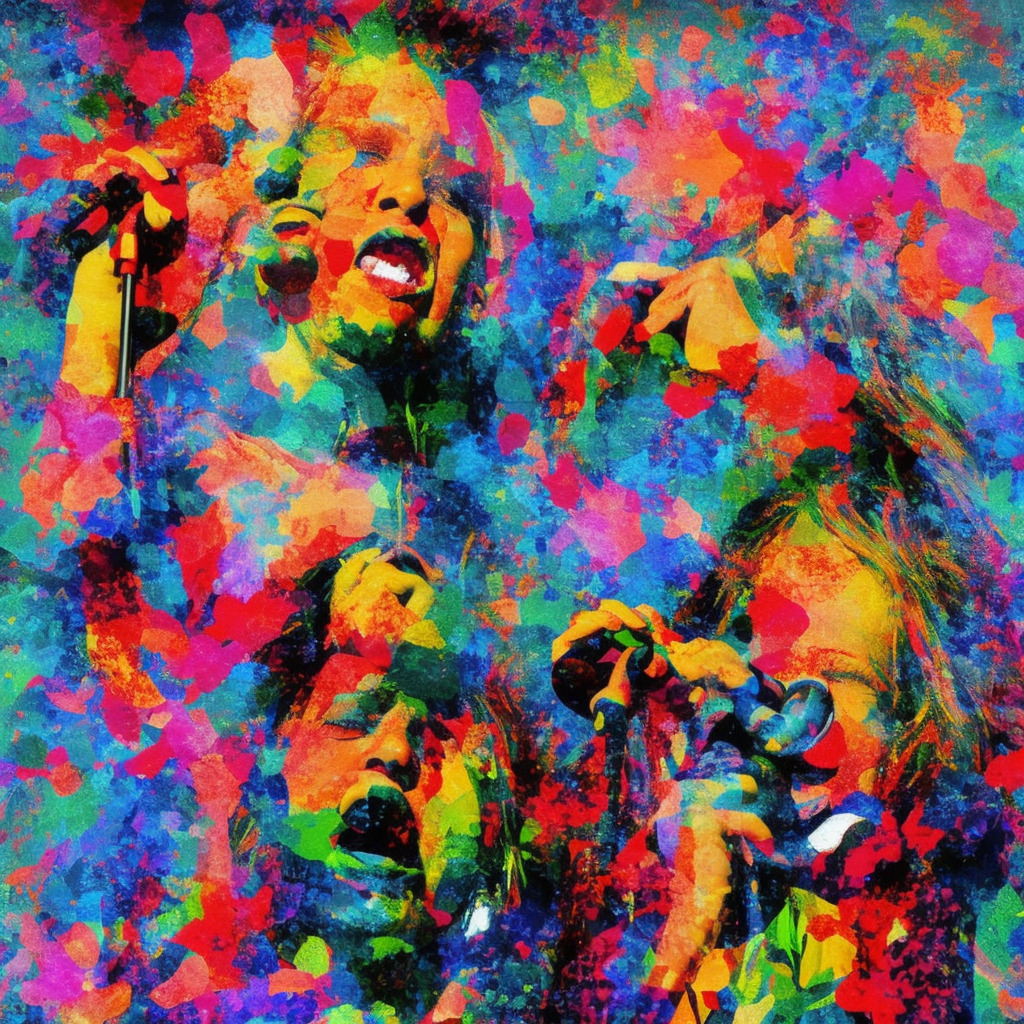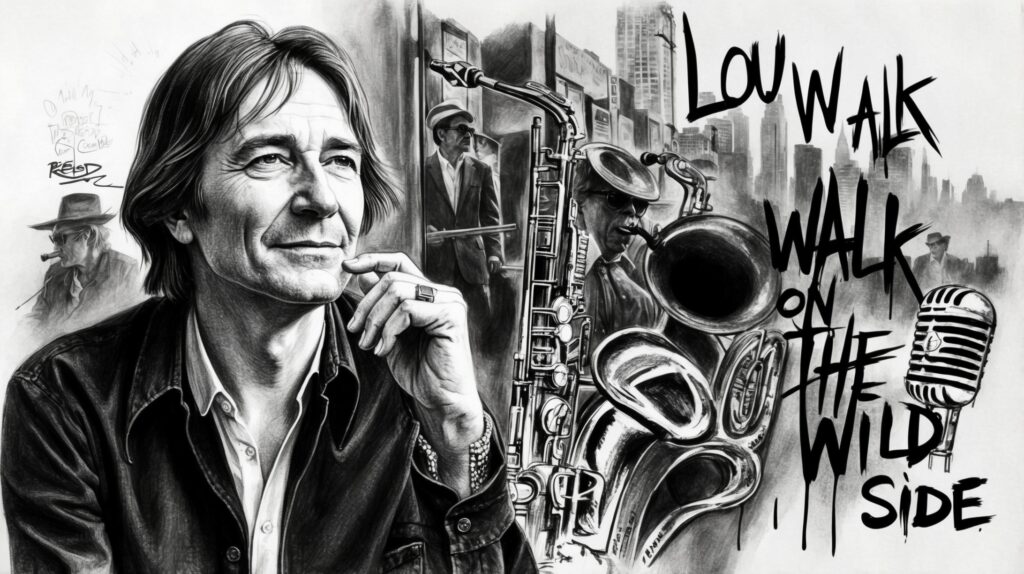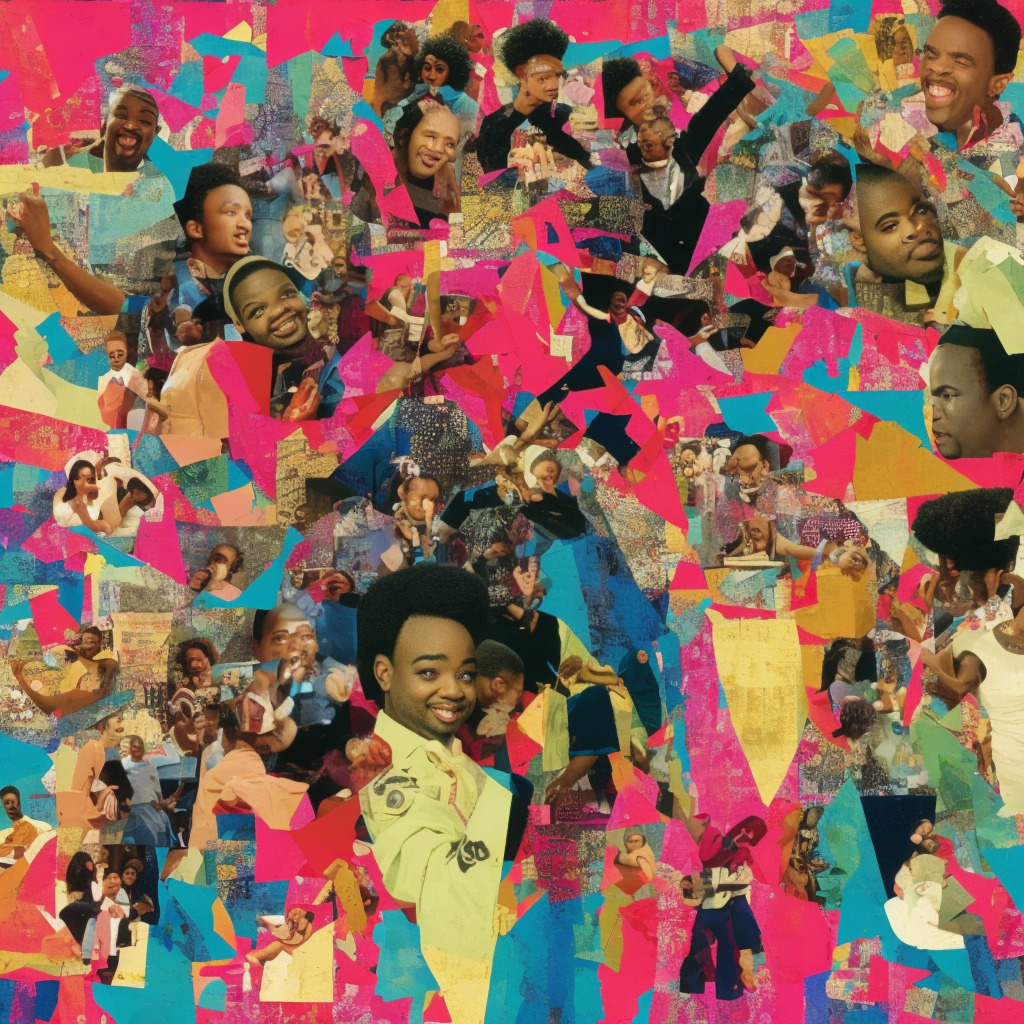🕺Got that #BoogieFever? The Sylvers brought the groove in ’76 with this disco gem💎 Did you know it toppled🔝 ABBA’s ‘Fernando’ on the charts?💃Turn up the funk! #TheSylvers #DiscoFacts #70sVibes 🎶 Read about it: tinyurl.com/k85wxjxz
Dancing Through the Decades with The Sylvers
“Groove along as we explore the rollercoaster ride of The Sylvers, a sibling sensation who carved their niche in the disco-funk era and left an indelible mark in music history.”
In the highly competitive world of disco and funk music, The Sylvers managed to carve out their own niche and leave an indelible mark in the history of music. This sibling group, hailing from Memphis, Tennessee, and later relocating to Los Angeles, California, gained fame in the 1970s with their chart-topping hit, “Boogie Fever.”
Originally known as the Little Angels, the group began as a quartet consisting of brothers Olympia-Ann, Leon, Charmaine, and James. Over time, the band expanded to include younger siblings Edmund, Ricky, Angie, and Pat, making a total of nine members. As The Sylvers, they gained attention for their superb harmonies, energetic performances, and undeniable stage presence. Drawing comparisons to other sibling-based groups like The Jackson 5 and The Osmonds, The Sylvers distinguished themselves with their unique mix of R&B, soul, and disco.
“Boogie Fever” remains their most well-known song, reaching the number one spot on both the Billboard Hot 100 and Hot Soul Singles charts in 1976. With its infectious melody and catchy lyrics, the song encapsulates the essence of the disco era, urging listeners to hit the dance floor and shake off their inhibitions.
Despite the success of “Boogie Fever,” The Sylvers faced numerous challenges throughout their career. The ever-changing lineup, with several members eventually pursuing solo careers, caused some instability in the group’s sound, and as the popularity of disco waned, The Sylvers struggled to adapt to the changing musical landscape in the 1980s. However, their lasting impact cannot be denied. The group’s influence has been acknowledged by numerous artists, and their music continues to be sampled and featured in various forms of media.
Throughout their musical journey, The Sylvers achieved several accolades, including a Billboard Music Award for “Boogie Fever” in 1976. Although the group eventually disbanded, their legacy as a prominent act in the disco era remains intact. The Sylvers’ story serves as a testament to their undeniable talent, perseverance, and adaptability in an ever-evolving music industry.
Charting the Dance Craze
“Boogie Fever” feverishly climbed the charts in ’76, cementing The Sylvers’ disco legacy across borders and musical tastes.
“Boogie Fever,” released on January 31, 1976, quickly gained traction in the music world and became a massive success for The Sylvers. This infectious tune climbed the steps of the music charts with ease and made its way into the hearts of disco lovers worldwide.
Initially, the song made its debut on the Billboard Hot 100 at position number 63. As the weeks went by, its catchy melody and undeniable groove propelled “Boogie Fever” up the charts. With its irresistible beat, it wasn’t long before the song reached the coveted number one spot. On May 15, 1976, “Boogie Fever” secured its place at the top of the Billboard Hot 100, where it reigned supreme for a week.
Not only did the song conquer the Hot 100, but it also found great success on Billboard’s Hot Soul Singles chart. It reached the number one position on this chart as well, marking the undeniable impact the song had on music enthusiasts of diverse tastes.
“Boogie Fever” also proved its international appeal by making waves on the Canadian RPM Top Singles chart. The song climbed to the number 4 position, showcasing the band’s ability to capture the attention of audiences beyond the United States.
Additionally, the song’s chart success extended well into 1977. It was ranked as the 20th biggest hit of 1976 on the Billboard Year-End chart, solidifying its position as a memorable and beloved song of the disco era.
All in all, “Boogie Fever” remains a shining example of The Sylvers’ talent and their ability to create chart-topping hits that continue to be celebrated by music lovers today.
Dissecting the Catchy Lyrics of a Disco Anthem
He’s got the boogie fever
Boogie fever
I think it’s going around
All through the night time
And right around the clock
To my surprise
There wasn’t a bit of soul to be found
I said, mama
We all got that boogie fever
All the boogie down
…
“Boogie Fever” by The Sylvers is a quintessential 70s disco anthem, with its infectious beat and irresistible groove. Beneath the surface of its catchy melody lies an important connection to the spirit of the time and events of the era. The lyrics of “Boogie Fever” were written as a tongue-in-cheek commentary on the growing popularity of disco music in the mid-70s which eventually became a cultural phenomenon.
The lines “He’s got the boogie fever, I think it’s going around” cleverly refer to the rapid and widespread influence of disco music, as if it were a contagious illness, spreading from person to person. The lyrics highlight how people from all walks of life were being swept up in this new music trend, with its upbeat tempo and danceable rhythms.
Through references to “all through the night time and right around the clock,” the lyrics emphasize the non-stop nature of disco music and its prominence in nightclubs and parties during the 70s. The phrase “there wasn’t a bit of soul to be found” suggests that the disco movement had, in a way, overshadowed other music genres, such as soul music, which had dominated the music scene in the previous decade.
The song humorously addresses the shift in musical preferences with the line “I said, mama, we all got that boogie fever,” as if to imply that everyone, regardless of their background or personal taste, had been affected by this disco craze. This sentiment was true for many during the 70s, as disco became a unifying force that brought people together on the dance floor, transcending their differences and fostering a sense of togetherness.
In conclusion, “Boogie Fever” by The Sylvers not only serves as an iconic disco track, but its playful lyrics also offer a snapshot of the cultural landscape of the 1970s. The song captures the essence of the disco era, drawing attention to the infectious nature of the music and its ability to unite people from all walks of life in a shared love for dance and good times.
A Visual Journey Back to the ’70s: The “Boogie Fever” Music Video
“Boogie Fever” lives on: Unofficial visuals transport us to disco’s golden age, inspire new generations, and keep the dance floor grooving.
Although an official music video for “Boogie Fever” by The Sylvers was not released in 1975 alongside the hit song, various television appearances and live performances have made their way onto YouTube and can serve as an unofficial music video experience for fans. One classic performance is the band’s appearance on Soul Train in 1976, where the nine siblings brought their infectious energy and smooth disco moves to the stage. This memorable performance showcases the group’s talent and serves as a time capsule that transports us back to the golden age of disco.
Another notable tribute to “Boogie Fever” is a fan-made music video featuring various clips from the 1978 film “Saturday Night Fever.” This mashup perfectly aligns the dance moves of John Travolta’s character, Tony Manero, with the groovy beats of The Sylvers’ hit song. The video has amassed thousands of views on YouTube and has become a popular tribute to both the song and the iconic film.
Apart from these tributes, several dance groups and enthusiasts have also taken to YouTube to showcase their choreographed routines and freestyle moves to the catchy tune of “Boogie Fever.” These videos breathe new life into the classic song by introducing it to a younger generation of dancers and disco aficionados.
In recent years, the song has also been used in movies like “Despicable Me 3” (2017) and “The Secret Life of Pets 2” (2019), where it was featured in trailer and in the movie respectively. These instances have led to a resurgence in the song’s popularity, introducing it to a new audience who might not have been familiar with the 1970s disco era.
While there might not be an official music video for “Boogie Fever,” the numerous live performances, fan tributes, and movie features have kept the song’s visual legacy alive. As one of the most recognizable tracks of the disco era, “Boogie Fever” continues to inspire dancers and music lovers alike, proving that its infectious rhythm and lively spirit are still very much alive today.
The Mastermind Behind “Boogie Fever”
The genius composer behind the infectious groove of “Boogie Fever” by The Sylvers is none other than Freddie Perren. Perren’s distinctive touch can be felt in numerous chart-topping songs throughout the 70s and 80s. In fact, he was a key member of the production team known as The Corporation™, responsible for the creation of The Jackson 5’s early hits like “ABC” and “I Want You Back.” Collaborating with various artists, Perren continued to make his mark on the music scene by penning and producing “Heaven Must Be Missing an Angel” for Tavares and “Funky Nassau” for The Beginning Of The End. His successful string of compositions also includes Gloria Gaynor’s empowering anthem “I Will Survive,” which earned him a Grammy Award for Best Disco Recording in 1980. Freddie Perren’s legacy as a composer is undoubtedly immortalized in the annals of music history, leaving a lasting impression on anyone who has ever tapped their foot to a catchy tune.
Award-Winning Disco Classic
“Boogie Fever” – The eternal disco anthem that transcends generations and grooves its way through pop culture history.
“Boogie Fever” is undoubtedly one of the most memorable and enduring hits from the disco era. Released in 1975, the infectious tune quickly became an anthem for dance floors around the globe, showcasing The Sylvers’ funky groove and undeniable talent. The song’s widespread appeal was evident as it rocketed to the top of the charts, peaking at No. 1 on the Billboard Hot 100 and No. 2 on the Hot Soul Singles chart. It even earned a Gold certification by the Recording Industry Association of America (RIAA) for selling over a million copies in the United States alone.
As a testament to its timeless appeal, “Boogie Fever” has made numerous appearances in various forms of media since its release. The song can be heard in popular movies like the 1997 comedy “Private Parts,” 2002’s “The Master of Disguise,” and most notably, in the dance-happy animated film “Despicable Me” (2010). These film placements, along with appearances in TV advertisements and video game soundtracks, have introduced the iconic track to new generations of fans, solidifying its place in pop culture history.
Over the years, “Boogie Fever” has also been covered or sampled by other artists, further demonstrating its influence and staying power within the music industry. One standout example is the 1998 rendition by Sugarhill Gang, who put their own hip-hop spin on the track. This version, while faithful to the original, adds a fresh twist that showcases the song’s adaptability across genres and time periods.
In the realm of live performances, “Boogie Fever” remains a beloved favorite for both The Sylvers and the many cover bands who pay tribute to the golden age of disco. Its irresistible rhythm and catchy chorus continue to captivate audiences worldwide, proving that the “fever” is here to stay.
As “Boogie Fever” continues to make its mark on the entertainment world, it comes as no surprise that this disco classic remains a staple in the music libraries of fans young and old. Its chart-topping success, numerous media appearances, and frequent covers are a testament to the song’s enduring appeal and the lasting legacy of The Sylvers.
Diving Deep into “Boogie Fever’s” Musical Structure
As we delve into the musical structure of “Boogie Fever,” it’s important to note that the song was written in the key of G major, which is both uplifting and vibrant, fitting perfectly with the disco era. The song follows a standard four-chord progression, which contributes to its catchy and danceable groove. The chords used in the progression are G major, C major, D major, and E minor, which are quite common in popular music but are arranged in a way that sets this song apart.
The tempo of “Boogie Fever” is set at around 122 BPM (beats per minute), which is a moderately fast tempo that encourages listeners to get up and dance. The song features a consistent 4/4 time signature, which is the most commonly used time signature in popular music, further contributing to its widespread appeal.
The instrumentation of “Boogie Fever” is centered around a prominent bassline, which is a staple of the disco genre. The bassline in this track is syncopated and groovy, providing the foundation for the entire song. Additionally, the use of electric piano and brass sections contributes to the overall funky feel, while the guitar’s clean, rhythmic strumming adds to the song’s infectious energy.
One of the most iconic elements of “Boogie Fever” is the vocals, which feature a blend of soulful harmonies and catchy, repetitive hooks that draw the listener in. The Sylvers’ vocal harmonies are tight, showcasing their impressive vocal range and ability to blend seamlessly with one another.
In terms of production, “Boogie Fever” employs a range of studio techniques to create a polished and radio-friendly sound. The use of reverb and delay on the vocals adds depth and space to the mix, while subtle panning of instruments like the guitar and brass sections helps to create a wide stereo image. The song’s overall mix is balanced and bright, with each instrument clearly audible and contributing to the overall sonic landscape.
“Boogie Fever” is a prime example of a well-crafted disco song, and its musical structure is a testament to The Sylvers’ ability to create infectious, danceable tunes. With its catchy chord progression, groovy bassline, and polished production, it’s no wonder that this song has remained a classic for decades.

